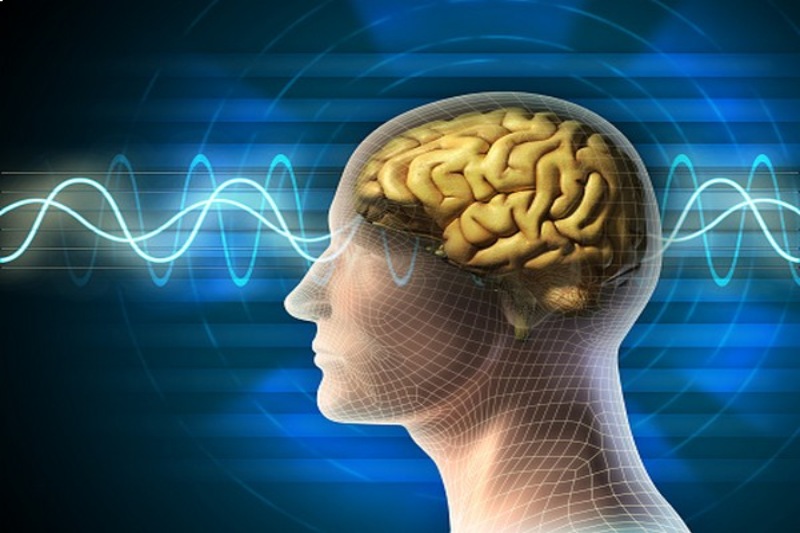The human brain is infinitely more powerful and sophisticated than any computer. Our skulls contain lumps of tissue that are capable of processing information at rates and quantities that are scarcely matched by computing technology.
Unlike the physically segregated units in most modern computer devices, the neuron’s efficiency in acting as both a processor and memory device is essential to the brain’s success.
Many attempts have been made to mimic the functions of the brain in computing, but a recent endeavor goes one step further by fusing electronics with real, intact human brain tissue.
It functions and is referred to as Brainoware. It was given tasks including speech recognition and nonlinear equation prediction by a team lead by engineer Feng Guo of Indiana University Bloomington.
Although it wasn’t quite as precise as an AI-powered, all-hardware computer, the research shows a significant advancement toward a novel sort of computer design.
Though Guo and his associates developed Brainoware in accordance with ethical standards, a few researchers from Johns Hopkins University emphasize in a linked Nature Electronics article how crucial it is to keep moral issues in mind when this technology is developed further.
“As the sophistication of these organoid systems increases, it is critical for the community to examine the myriad of neuroethical issues that surround biocomputing systems incorporating human neural tissue,” warn Lena Smirnova, Brian Caffo, and Erik C. Johnson, who were not involved in the study.
The human brain is incredibly remarkable. It has up to a quadrillion connections and an estimated 86 billion neurons on average. Up to 10,000 more neurons can be attached to each neuron, allowing them to communicate and fire continuously.
Our best attempts to date to replicate brain activity in an artificial system have only just begun to scratch the surface.
One of the most potent supercomputers in the world at the time, Riken’s K Computer, attempted to imitate the brain in 2013. It took 40 minutes to mimic one second of the activity of 1.73 billion neurons connected by 10.4 trillion synapses, or roughly one to two percent of the brain, using 82,944 processors and a petabyte of main memory.
By creating technology and algorithms that imitate the structure and functions of the brain, scientists and engineers have been attempting to get an understanding of its capabilities in recent years. Known as neuromorphic computing, it is advancing yet requires a lot of energy and requires a lot of time to train artificial neural networks.
Guo and his associates used actual human brain tissue that was cultured in a lab to try an alternative strategy. Human pluripotent stem cells were induced to differentiate into several brain cell types, which arranged into three-dimensional organoids—miniature brains with connections and structural features.
These are only arrangements of tissue without any sense of thought, feeling, or awareness; they are not actual brains. They are helpful for researching the anatomy and physiology of the brain without having to pierce real people.
Brainoware uses a kind of artificial neural network called reservoir computing to connect brain organoids to a variety of high-density microelectrodes. Information is transported into the organoid by electrical stimulation, where it is processed before Brainoware outputs the results of its computations in the form of brain activity.
The input and output layers are implemented using standard computer hardware. The output layer reads the neural data and makes predictions or classifications based on the input. These layers had to be trained to work with the organoid.
In order to showcase the system, the researchers provided Brainoware with 240 audio clips including eight male speakers producing Japanese vowel sounds, and requested that it recognize the voice of a single person.
Beginning with a naive organoid, Brainoware was able to identify the speaker with 78 percent accuracy in just two days of training.
Additionally, they asked Brainoware to forecast the behavior of a dynamical system known as a Hénon map, which is chaotic. After four days of unsupervised learning, or a training epoch every day, they discovered that it could predict the map more accurately than an artificial neural network lacking a long short-term memory unit.
Artificial neural networks featuring a long short-term memory unit outperformed Brainoware in terms of accuracy; nevertheless, those networks had undergone 50 training epochs apiece. In less than ten percent of the training period, Brainoware produced outcomes that were almost identical.
“Due to the high plasticity and adaptability of organoids, Brainoware has the flexibility to change and reorganize in response to electrical stimulation, highlighting its ability for adaptive reservoir computing,” the authors write.
The problem of maintaining the organoids’ health and vitality, as well as the power consumption levels of the peripheral equipment, remain major constraints. However, keeping ethical issues in mind, Brainoware has consequences for both computing and our understanding of the workings of the human brain.
“It may be decades before general biocomputing systems can be created, but this research is likely to generate foundational insights into the mechanisms of learning, neural development and the cognitive implications of neurodegenerative diseases,” the authors write.
“It could also help to develop preclinical models of cognitive impairment to test new therapeutics.”



